It feels almost impossible to talk about Half-Life: Alyx without spoiling something. A review would traditionally dance around narrative beats, giving mild details on world-building to set the tone of a game for prospective buyers. It’s a fine idea, but it leads to a reliance on talking about mechanics, maybe a few fights or set pieces that you experience, to give an idea about how the game will make you feel, how the designers have set it all up to tickle the back of your brain.
There are many such moments in Half-Life: Alyx, but talking about them would feel like a betrayal. There is a frantic scrabble for a shotgun, an iconic moment with a train, the very first time a creature comes at you in the dark, and a desperate attempt to hold someone’s hand. They all thud into your brain with perfect precision, laser-guided by the developers at Valve to impact at just the right spot. There is a marriage of mechanics and narrative that takes excellent advantage of the sensory-smashing nature of VR, and straying too close to details will give too much of the game away.
It is telling that Half-Life: Alyx embraces VR so completely that even talking about how it feels to play the game feels like a spoiler.
Let us say up front that Half-Life: Alyx is excellent, and in many ways, it feels like a statement from a company that you would be forgiven for thinking had their best development days behind them.
Valve, it would seem, still has some tricks up its sleeve.
What’s in a name?
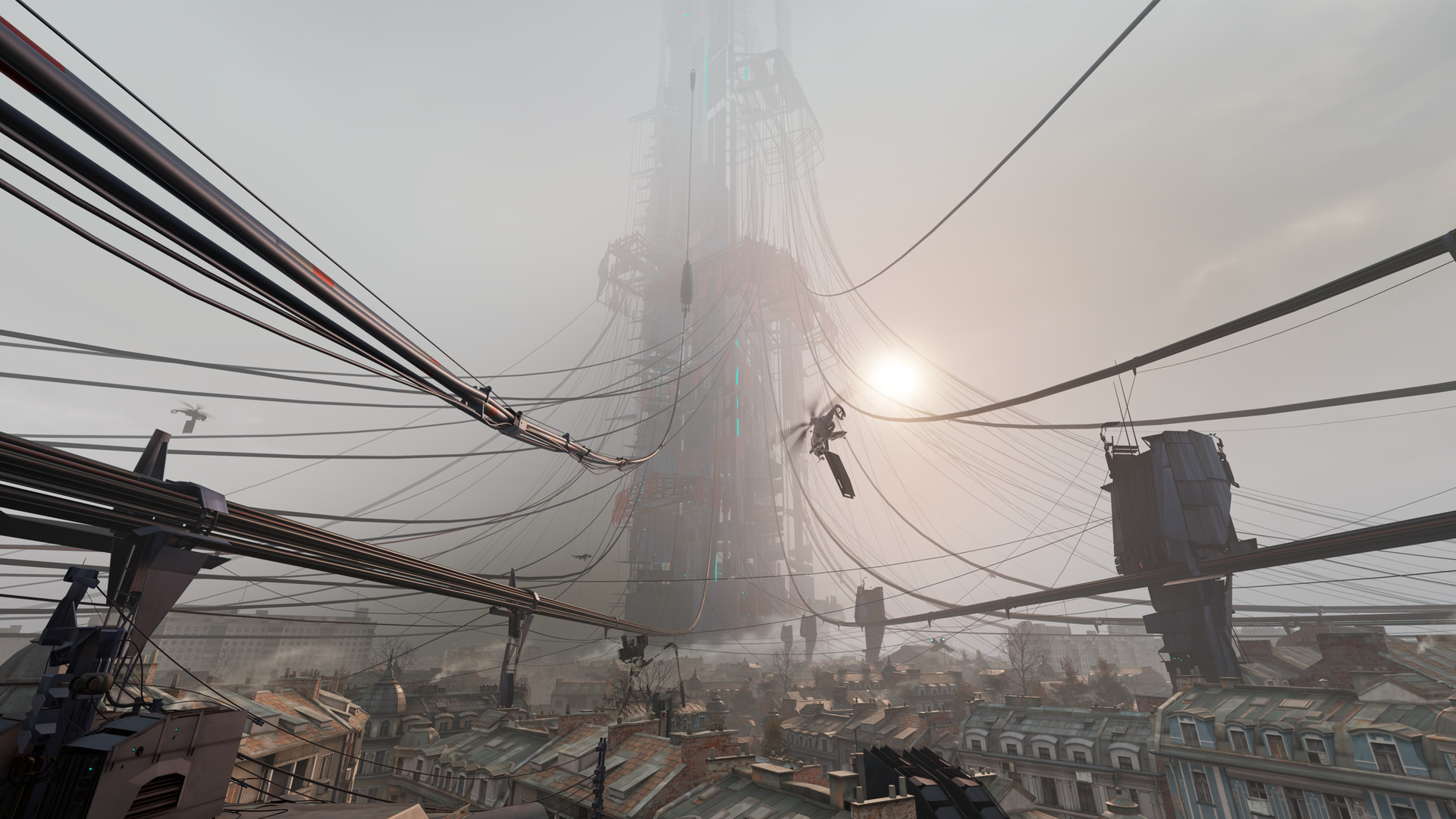
The elephant in the room is that we have a new Half-Life game without a number three at the end.
If it helps, Half-Life: Alyx is, in every way, a Half-Life game. It’s not just a famous name bolted onto something else. As a progression from what we have already experienced, it feels natural, and it makes sense. The characters, world-building, and writing all feel like Half-Life, with just a little dash of Portal thrown into the latter. Even the level design oozes Half-Life’s charm, but it’s gussied up for its new stage.
Going from a Half-Life 2 16 years ago to a Half-Life 3 now actually may have felt jarring. We have been through multiple generations of gaming since then, and design, graphics, and the philosophy of gaming have changed considerably over the years.
Half-Life: Alyx, with its feet set in the bedrock of the franchise and its head firmly in the clouds of consumer-ready VR technology is, in many ways, the perfect form for Half-Life to take. Yes, we all love the series, but times have changed, and we will need to embrace that.
The good news is that Half-Life: Alyx feels like a foundation, not an ending. It’s a glimpse of what Half-Life can be in the modern age if it can just move on from its storied past.
Setting the scene
Half-Life: Alyx sees you step into the gloves of Alyx Vance, daughter of Dr. Eli Vance. Set between the events of the first and second games, you will be crawling around City 17, desperately trying to undermine the Combine, the multi-dimensional empire that has laid claim to the planet.
You are the very first whispers of a Resistance, someone willing to stand up to the Combine who have run rampant since everything went wrong at Black Mesa.
The game has a small cast, consisting of just a handful of characters and the combined (sorry) forces that will be trying to stop you. The dialogue and voice acting are top-notch, and everything feels natural. Small talk suits the situation at hand, and we quickly came to enjoy the characters and appreciated their company down in the dark.
Yes, the silent protagonist you know and love is gone, but that is okay. Here, it works.
Idle Hands
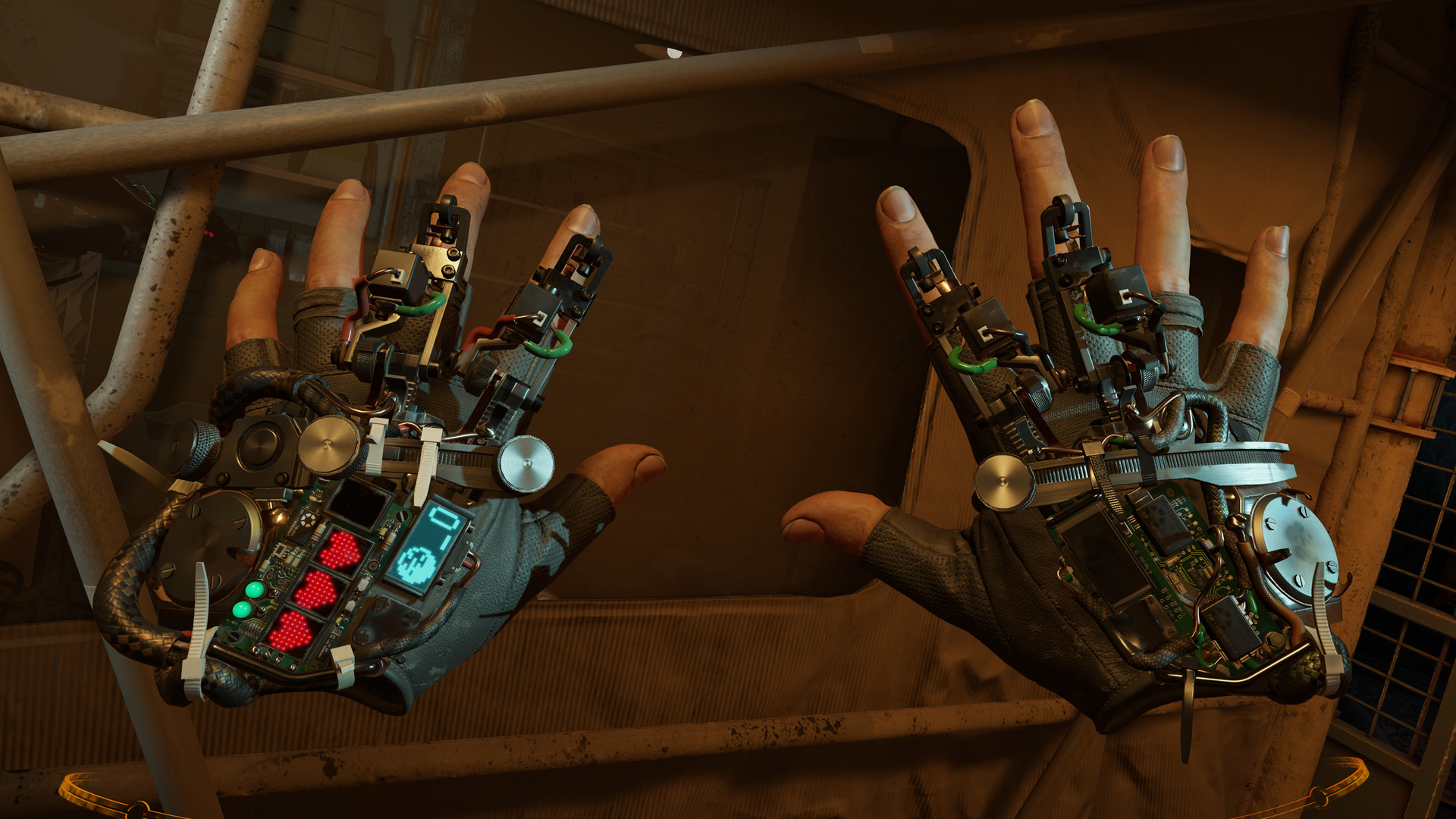
At your disposal is a pair of gloves that allow you to grab objects from a distance, some guns, and your wits.
The gloves feel like a revelation. Plucking a clip for your gun off a faraway shelf, grabbing it out of the air, and loading it into the weapon feels slick. The game’s embrace of VR—how it all functions, the opportunities it enables—feels natural, well thought out, and intuitive.
You can throw objects to distract enemies, lean around corners to shoot, or tear a Headcrab from your face with your real-life hands before it kills you. We didn’t even squeal the first time one of them latched on to us. Honest.
In VR games, controls are even more important than a standard game. If performing actions doesn’t feel natural, it works against the idea of immersion that you are expecting from a game. Playing on an Oculus Rift, in a small enough environment, where pointing and click to move was required, it all felt amazing.
Ducking behind cover, then popping up to shotgun an enemy in the face, dropping the clip out of our handgun, popping in a new one, then racking the slide, and solving one of the game’s tactile puzzles all felt smooth and natural.
Building tension
For some reason, we weren’t quite prepared for the sheer level of tension in some parts of the game, the bombast of some of the set pieces, or the incredible work done by the sound design team and the composers.
The soundtrack to the game is just superb, turning tension up when you are unsure of your surroundings, then hammering you with frenetic energy when the bad guys come out of the shadows.
The game hits a crescendo when you take on the lumbering forms of the Combine soldiers. They will come for you, full of bluster and threat, and this is when the combat shines the brightest. But it all adds up, and sometimes you will need to decompress.
The cracked and broken environments, consisting of abandoned rooms, forgotten buildings, and underground tunnels, will, at times, give way to a bright sky, only partially marred by the presence of Combine walkers and strange alien structures everywhere.
Half-Life: Alyx understands the concept of reprieve, giving you time to catch your breath and let your heart rate slow down a little before those tense moments lose their edge.VR is a slightly different experience to standard gaming. It is more draining, taxing in a way that a less immersive experience doesn’t quite emulate. You need those quieter times to appreciate the action.
Sometimes these quiet moments are delivered in the form of puzzles. Special locks you will need your multitool to open force you to slow down but also tie up your hands, so you worry about an enemy appearing out of nowhere. Just because the game is giving you a little break doesn’t mean the developers don’t expertly play on your fears at the same time.
Headcrabs in the system
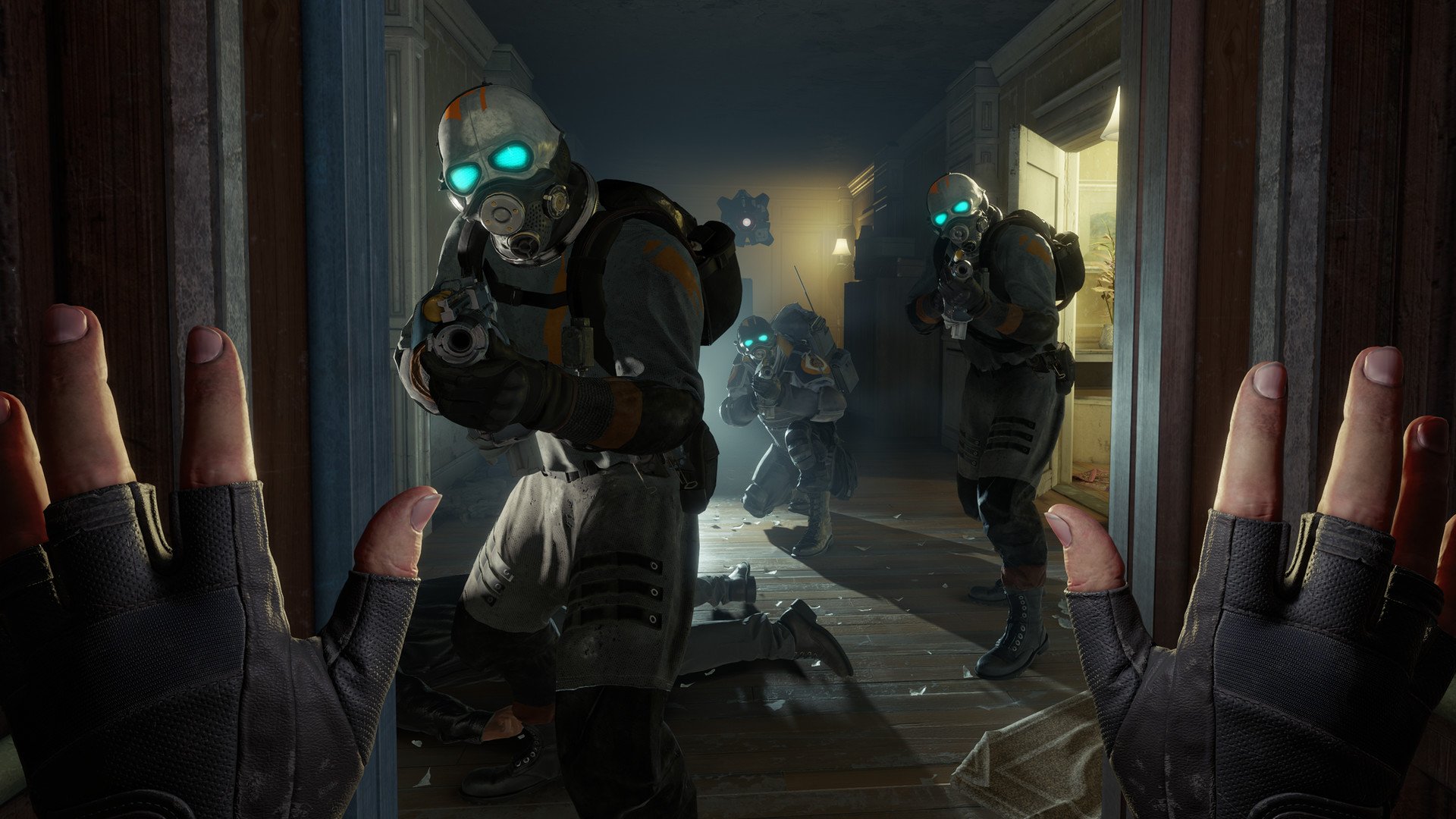
The game looks and sounds stunning. I’m not sure I have seen a VR game look quite this good. Environmental lighting and shadows are all fantastic, adding a true sense of realness to the sights that you see.
The broken remnants of life before the Combine arrived are everywhere, and mess and clutter fill up the levels, making them seem genuine and realistic.
The dripping of water and the clattering of metal intrudes on the false calm of your surroundings. It is a moment of genuine fear when you realize that what you are hearing is a Headcrab scampering through the vents above your head.
Some areas are overrun with the wild and ravenous growth of alien plants, while others contain the oppressive presence of Combine structures and technology. These environments, perfectly and painstakingly realized, tell their part of the story.
As good as the game looks, it also ran impressively, with steady frame rates throughout. Due to space issues, our VR setup is hooked up to the second most powerful PC in the house, and it didn’t suffer for it at all.
There were a couple of bugs while we played, moments where the physics seemed to fail, and our character would start to shake uncontrollably, but nothing that couldn’t be solved with a quick restart. From time to time, we ended up too close to an object or wall, and it seemed to lock our character in place for a moment. This was, once again, quite rare.
It is also worth noting that both issues seemed to completely stop after an update to the game, so they could potentially not be an issue at all on launch.
Half-Life: Alyx is excellent, and in many ways, it feels like a statement from a company that you would be forgiven for thinking had their best development days behind them.
If you struggle with motion sickness during your VR gaming, then rest assured that we do as well, but Alyx was a pretty smooth experience on that front also. There were moments where motion sickness hit, but a quick break was enough to keep it at bay, and it was always after hours of play.
Most of the breaks we took were from simple tiredness, a result of adrenaline dumping from surviving the sudden appearance of heavily armored Combine soldiers and assault drones.
Enemies in the game make for fun adversaries, a mix of Barnacles, Zombies, Headcrab variants you will learn to hate, and some stranger foes that we won’t spoil. The former tend to provide some horror tones to combat, while Combine forces and drones are just a headlong brawl. Fighting them is fun and frantic, but also draining in a great way.
With a run time of anywhere from 15-20 hours, Alyx is a long, full game, and it seems like Valve has gone to great lengths and expense to make it as smooth an experience as possible.
It wouldn’t surprise me if somewhere in Valve’s office, in a place of prominence, was a big whiteboard with “Players should never feel ill” circled on it as if it was the real aim of the project the whole time.
VR’s brightest star
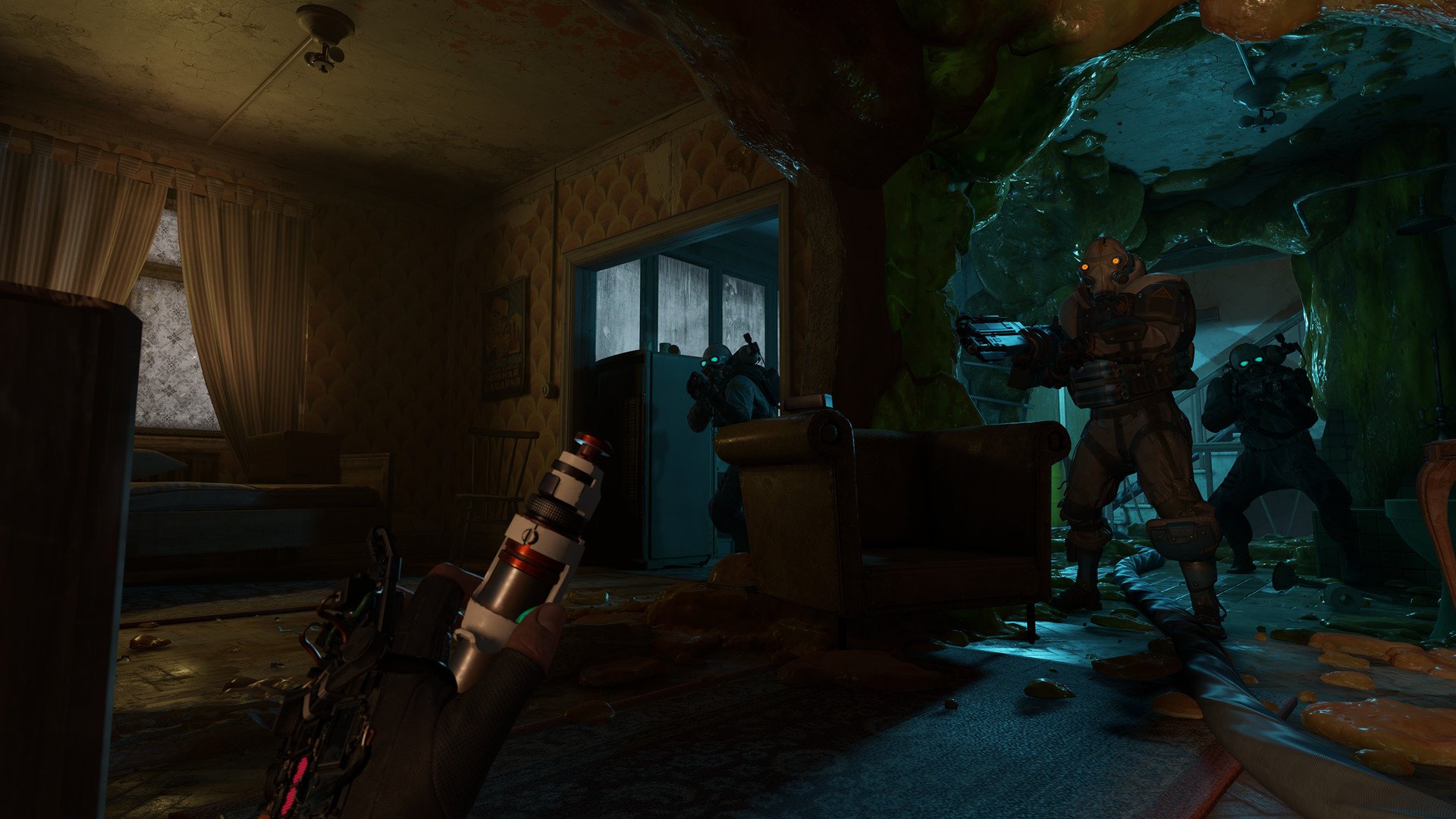
It feels like Half-Life: Alyx was designed as a showpiece. It is VR as we know it with bells on. Everything feels polished, supported by a budget that many VR developers could only dream of, and it all pays off.
The only downside is the limitations of VR itself. You tend to load into new levels and environments with little done to make the transition feel natural. Moving up and down ladders is an abrupt, almost jarring action.
Players with the stomach for it will more than likely be able to cheese enemies with rapid jumps from one spot to the other. All this means is that the cost of the increased immersion remains the same, and is mildly self-sacrificing at times.
If you have never played a VR game before, Valve has the early stages designed to ease you into how it all works, slowly rolling low-threat enemies and low-complexity environments at you before it starts to dial things up.
It’s a tour de force for the medium, and arguably the game that will set the course for VR development for a long time to come.
Half-Life: Alyx is a tour de force for the medium, and arguably the game that will set the course for VR development for a long time to come.
The strongest argument in favor of Half-Life: Alyx is its ability to surprise. It is funnier and scarier than we expected. The world is richer, better realized, and more natural than we thought it was going to be.
Even the ending lands with a ferocity that we were not expecting, exploding upward from what was a fun action game that shone because of its perfect use of VR as a medium into a genuine, “had to be there” gaming moment.
Three or no three, Half-Life is back. The only problem for Valve now is that nothing about Half-Life: Alyx slakes a thirst for more Half-Life, it will just make it worse. It’s a reminder of why Half-Life was unique in the first place, and just how good Valve can be at creating games.
The only reasonable response to finishing Half-Life: Alyx is to want to experience more. Hopefully, we don’t have to wait so long this time.
Disclaimer: This review was written with a code provided by Valve.

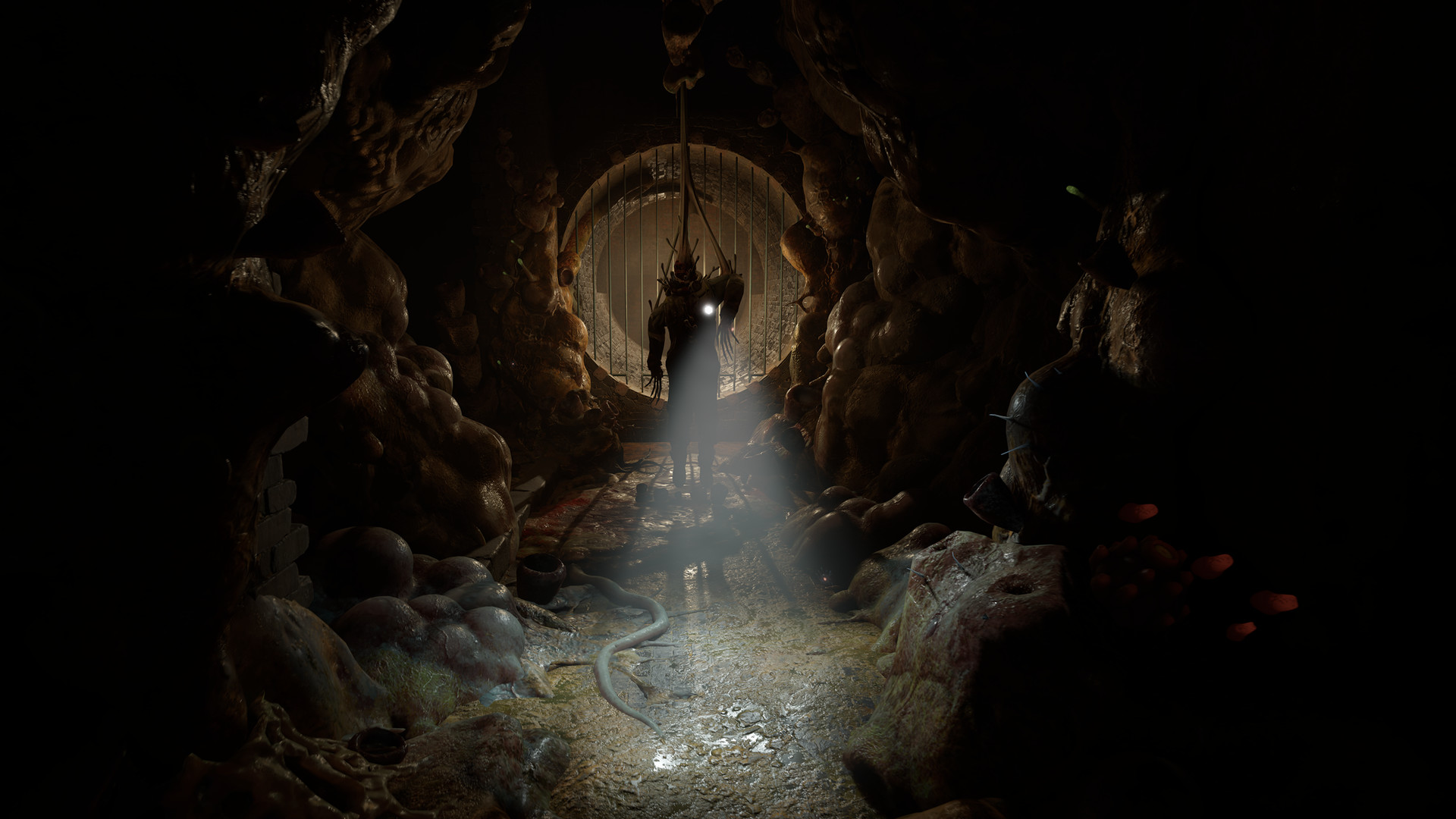


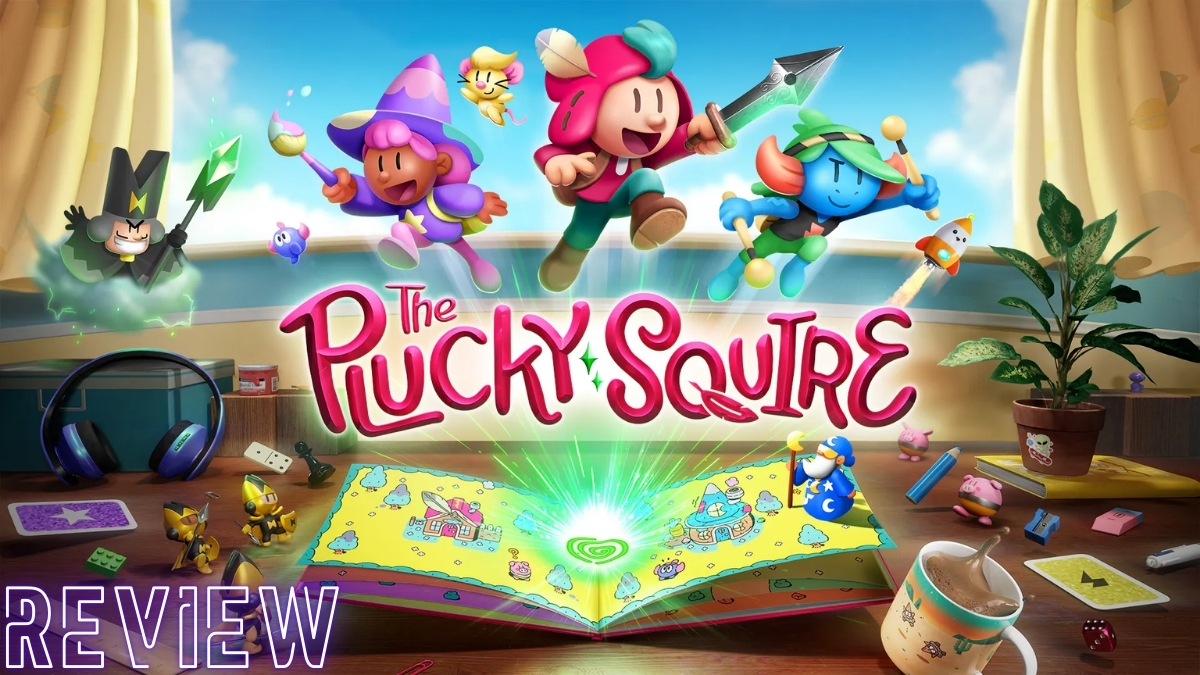
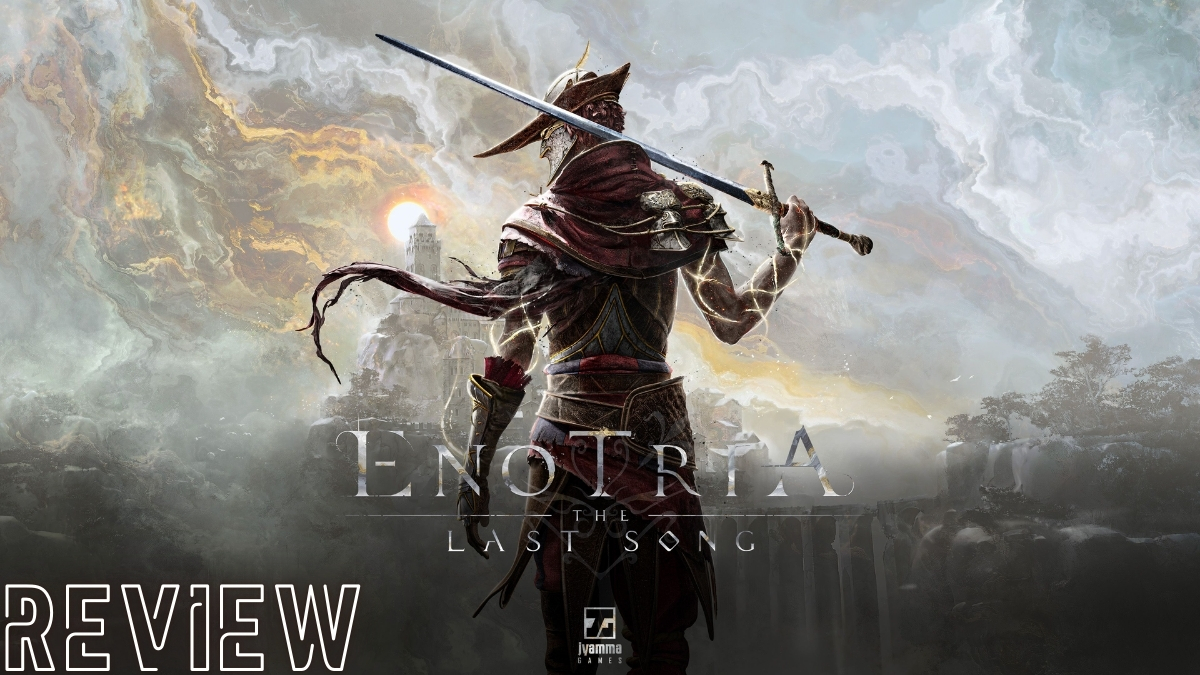
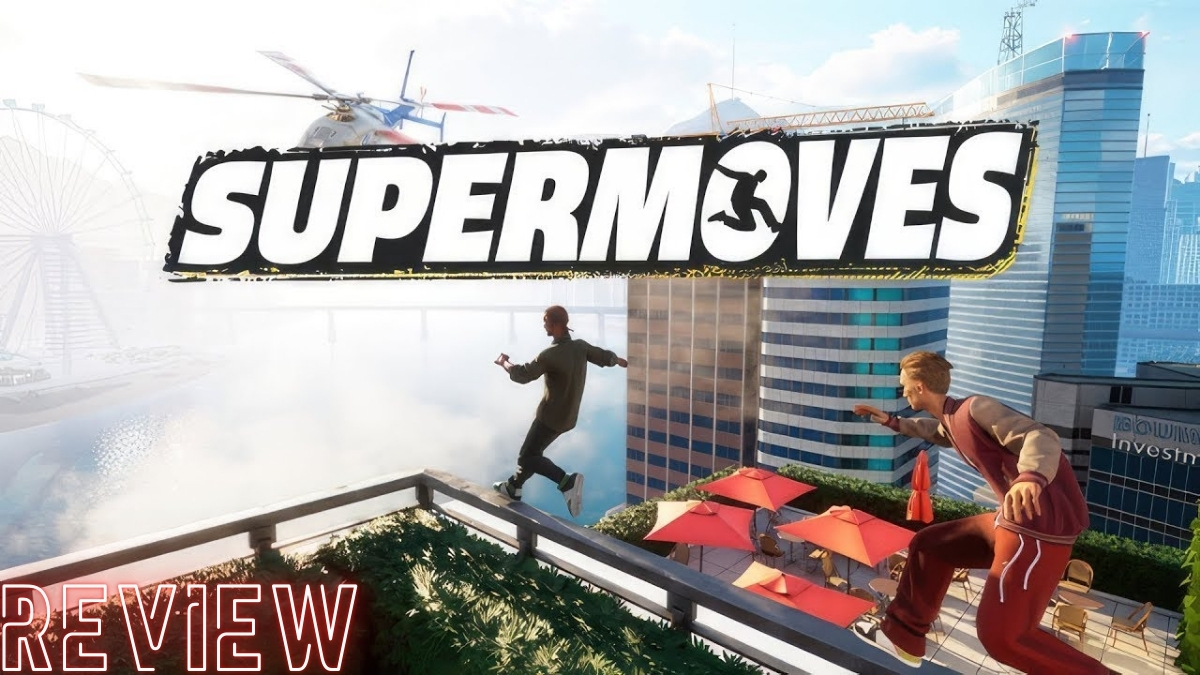
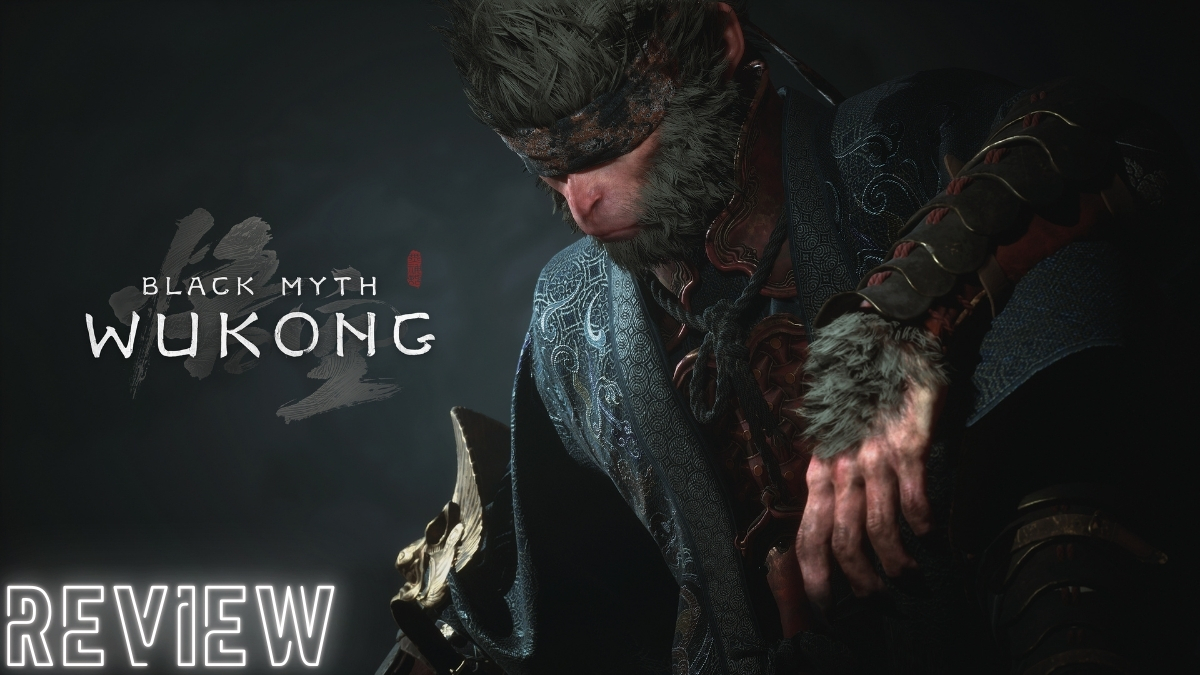
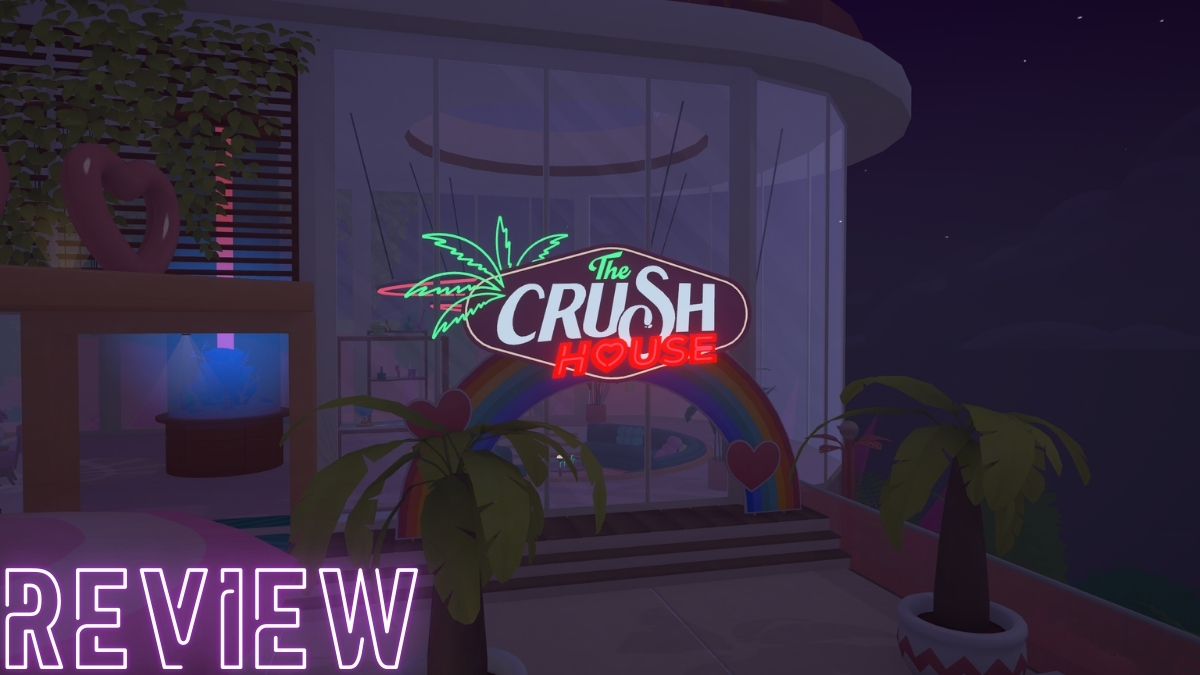
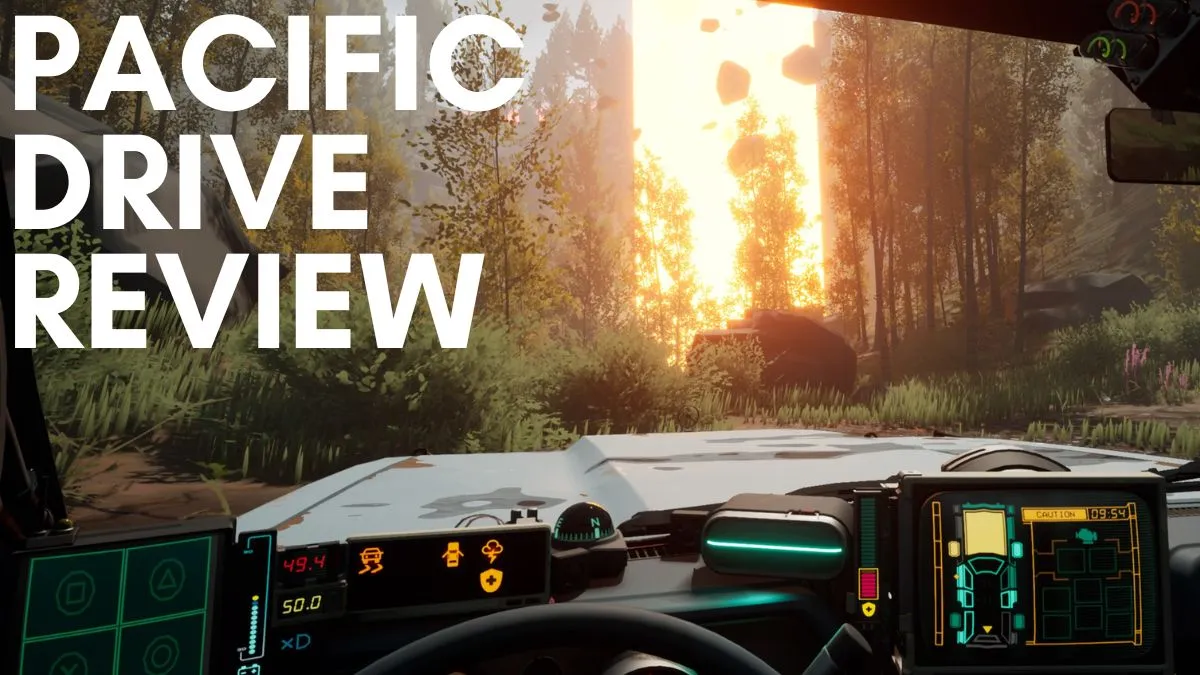
Published: Mar 23, 2020 12:00 pm